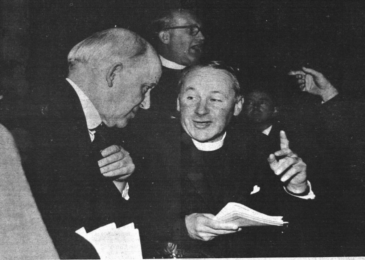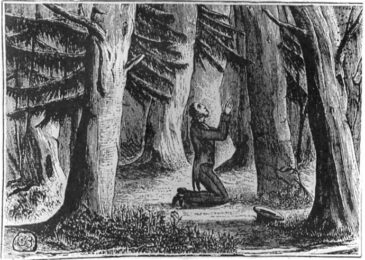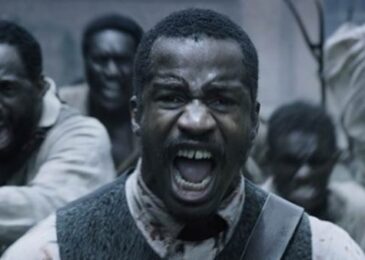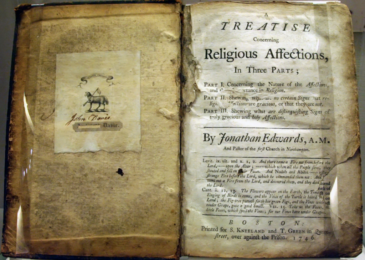50 Years Ago Today: The Split Between John Stott and Martyn Lloyd-Jones
On Tuesday, October 18, 1966, an event took place that shook British evangelicalism—on the nature of the church and the basis of gospel unity and purity—with reverberations still being felt today.
To help us understand what happened, I talked with the Rev. Dr. Andrew Atherstone, Latimer Research Fellow at Wycliffe Hall, Oxford University. His research, writing, and teaching focus on the history of the relationship between Anglicanism and evangelicalism. He is the co-editor, with David Ceri Jone..







